Whether it’s emblazoned on its pin badges, cycling shirts or other merchandise, there’s no getting away from the Black Isle Brewery’s motto: “Save the planet – drink organic”.
It’s a slogan that’s sat at the heart of the business since founder and managing director David Gladwin launched his brewery in 1998.
That focus on using only organic ingredients initially restricted the varieties of barley and hops the brand could use to make its beers, with some of its raw materials costing up to three times the price of those produced through conventional farming.
More organic supplies have entered the market in recent years, allowing the brewery to extend its range,
Classics such as Red Kite and Blonde Lager have been joined by gluten-free Goldfinch, low-alcohol Halo and Spider Monkey organic India pale ale.
Operations director Lawrie Wotherspoon, who joined the Munlochy company in 2020, said: “Buying organic hops is still a challenge because we need to source them from places like America and New Zealand.
“We measured our carbon footprint for the first time a couple of years ago and, as we expected, saw the impact of importing hops.
“We’ve been offsetting our carbon emissions for a number of years and are looking at other ways to reduce our carbon footprint.”
B Corp accreditation
Importing hops from further afield hasn’t held the brewery back from receiving the prestigious certification from B Corp, which assesses companies’ impact on the environment, along with their social and governance arrangements.
Black Isle Brewery received its B Corp accreditation in February, joining the ranks of household names such as Divine Chocolate and Innocent Drinks, food ingredient-maker Macphie of Glenbervie, and fellow tipple producers Brewgooder, Bruichladdich, and Nc’nean.
A major change came in 2008 when the business bought a 130-acre farm along the road, converting it for organic production, and it moved its brewery there in 2013.
“We’ve pivoted from growing barley on the farm to growing ingredients for the pizzas and salads we serve in our bars in Inverness and Fort William,” Mr Wotherspoon explained.
“We also have a flock of Hebridean sheep and small herd of cattle.
“We can now buy organic barley from local suppliers and were only ever growing about 40% of what we needed, so it makes more sense to use the farm in this way.”
As well as organising visits for school pupils, the brewery has expanded its business into running gardening courses and workshops.
Meanwhile, the company is in talks with Highlands and Islands Enterprise to install equipment that will capture the carbon dioxide gas produced during brewing and reuse it for carbonating its beers.
Hydrogen could be future solution
“Energy is still a tricky one,” Mr Wotherspoon said, adding. “We looked at solar panels during lockdown but it wasn’t economic for us.
“Hydrogen could be a solution in the future.
“We’ve always bought our electricity from companies such as Bulb and Octopus, which use only renewable energy, and we have a borehole on site, so we use our own water.”
On the other side of the firth, in Inverness, Jon and Victoria Erasmus turned to the power of the River Ness to provide energy for their £7.5 million brewery and distillery, which opened in February.
They built a district heating network that serves the whole plant, as well as their Glen Mhor Hotel next door on Ness Bank.
The site uses a water-source heat pump to harness energy from the river, with power also coming from solar panels.
The district heating system allowed more than 20 gas-fired boilers to be removed from the hotel and is expected to cut the site’s carbon dioxide emissions by the equivalent of more than 250 tons every year.
Glen Mhor Hotel signed up to the Glasgow Declaration on Climate Action in Tourism, which was launched at the COP26 climate change summit in 2021, and aims to halve harmful CO2 emissions by 2030 and hit net-zero as soon as possible before 2050.
Its water-source heat pump received support from the Scottish Government’s low-carbon infrastructure transition scheme.
Briggs building breweries since 1740
When it comes to using energy in breweries, there’s an element of going “back to the future” for Scott Davies, head of marketing at Briggs of Burton.
Briggs has been building breweries since 1740.
It moved into the Scotch whisky market in 1983, when it installed energy recovery equipment at Auchroisk distillery on Speyside.
Mr Davies said: “Our philosophy is that, whether you’re a brewery or a distillery, you should be as efficient as you can.
“Our approach involves good engineering practices – things like appropriate sizing of pumps and insulation of pipes, which is a no-brainer to an engineering team, and heat recovery, so using the heat generated by one batch to pre-heat the next batch if we can.
“It’s important to take a holistic view and look at the brewing or distilling process as a whole, rather than just focusing on individual elements, like the mash tuns or fermenters.
“They play a part, but it’s the sum of the parts and how they are connected that makes a difference.
“A number of technologies and processes have been around for a long time, but high energy prices are now making them viable economically.
There’s also demand from consumers and shareholders for breweries and distilleries to reduce their environmental impact.”
Most breweries in urban areas will use gas from the mains grid, while those in rural parts of the country tend to burn kerosene.
Using electricity to decarbonise
Some large breweries, including Budweiser, are experimenting with hydrogen instead, while many of Briggs’ customers have turned to electricity to supply the heat they need.
Mr Davies added: “Once you’re making your beer or whisky, the trick is to use as little energy as possible, then you look at switching fuel sources.
“We’re seeing lots of people turning to electrification as a strategy to decarbonise.
“The technologies and processes that breweries and distilleries choose to use will depend on their scale but also on the money available for investment.”
Briggs was acquired by Hong Kong-listed CIMC in 2016 and one of its sister companies within the group, Ziemann Holvrieka, has supplied equipment for major expansion projects at Ellon-based BrewDog.
Being part of a larger group has helped Burton-on-Trent-based Briggs to expand.
It recently opened an office in Forres to serve distilleries and potentially breweries, while it also acquired buying East Lothian-based copper still-maker McMillan in 2020.
In addition, the company has opened bases in Louisville, Kentucky – the home of bourbon – and Guadalajara in Mexico, to serve the tequila and broader mezcal markets.
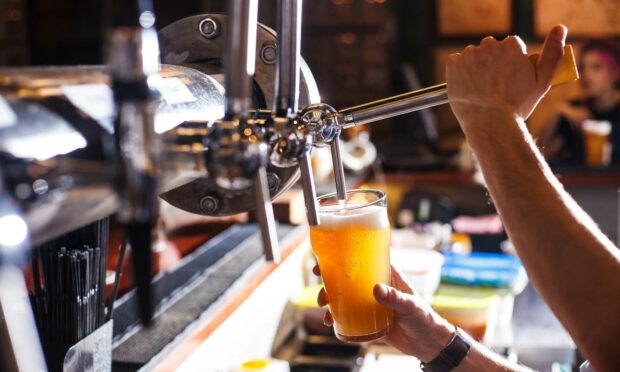
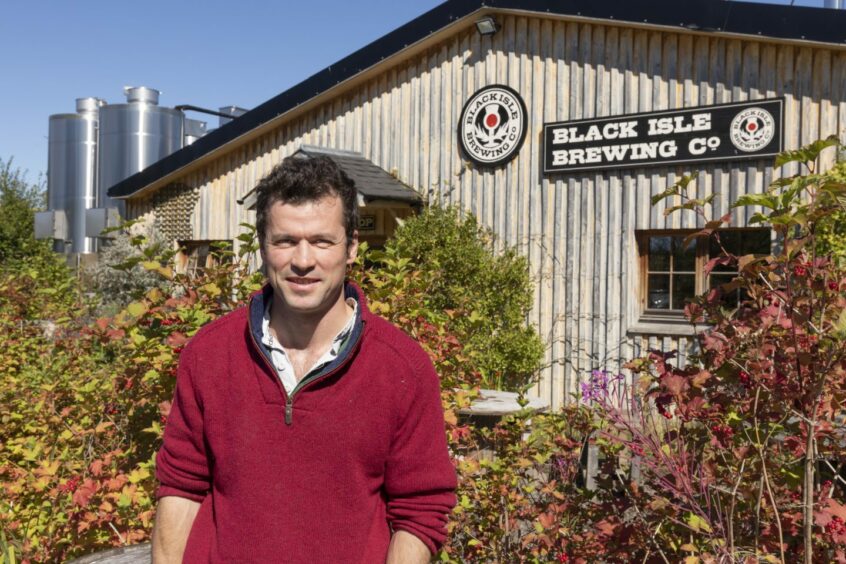
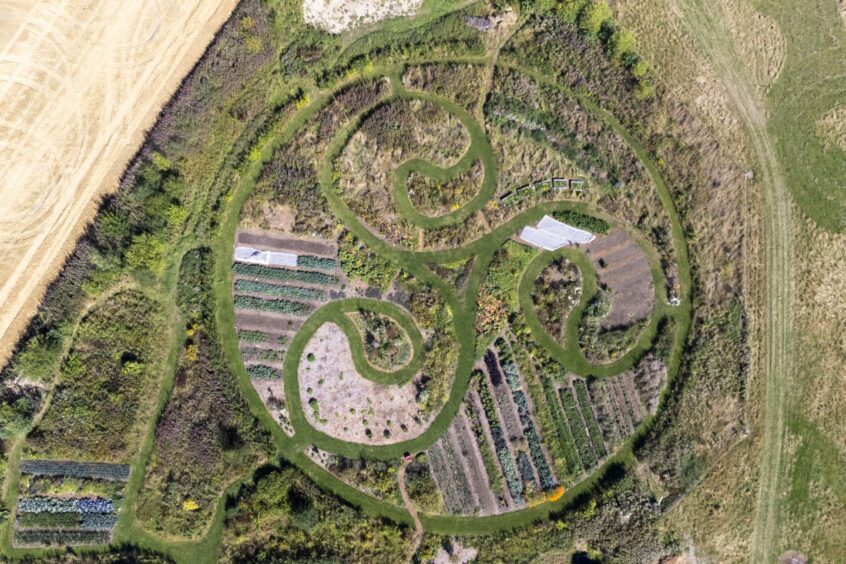
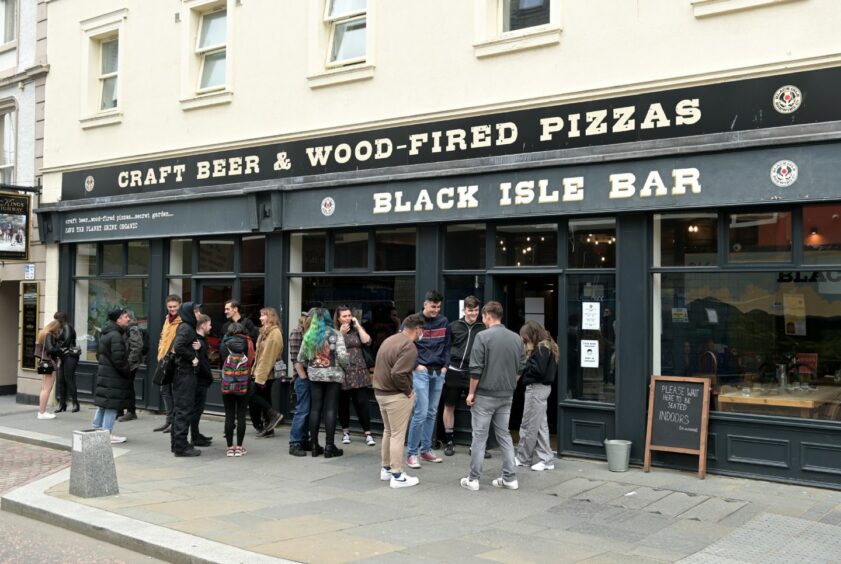
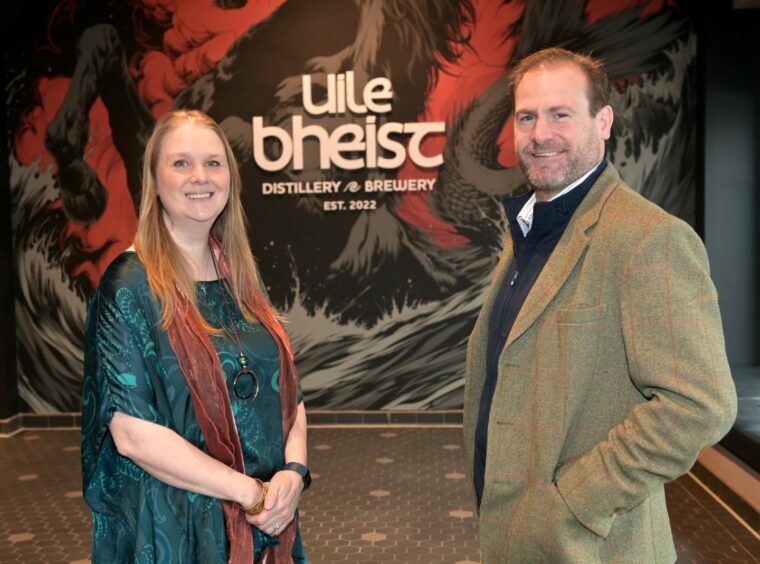

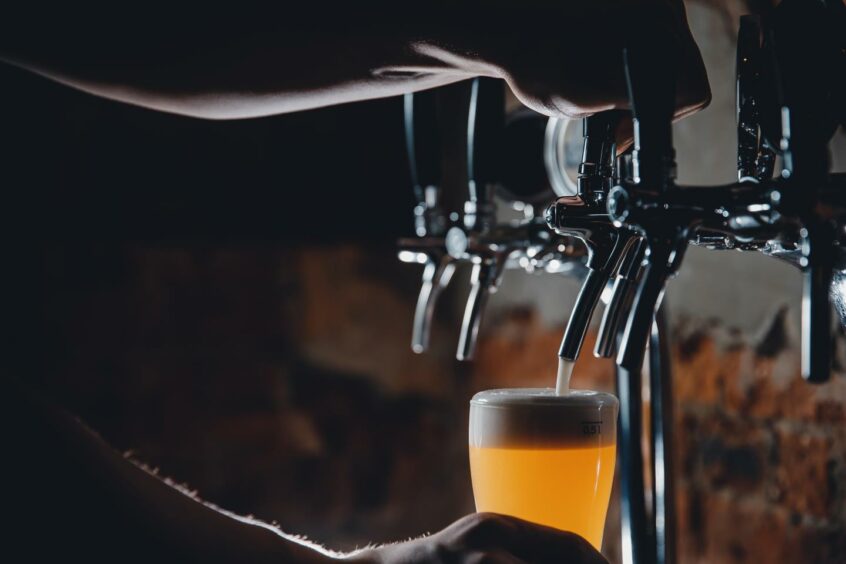
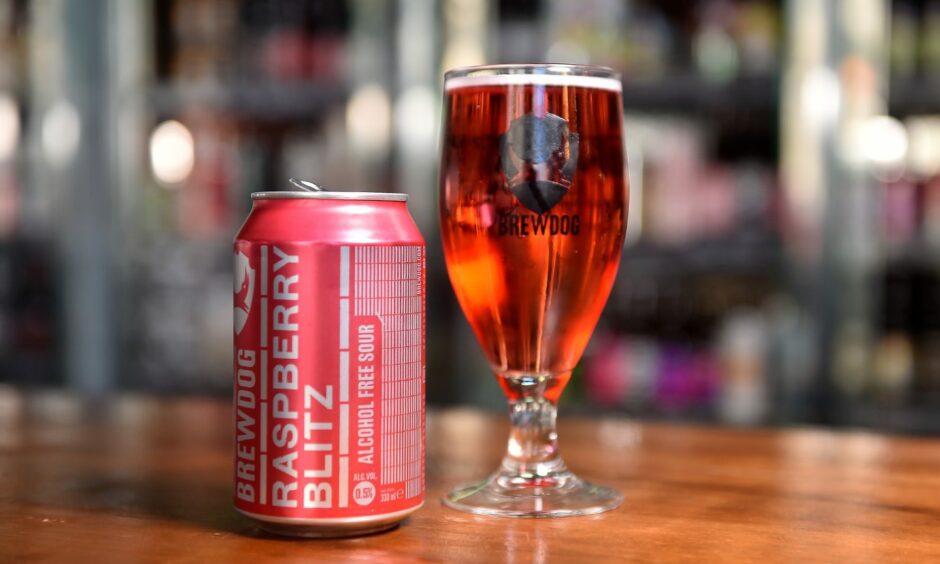


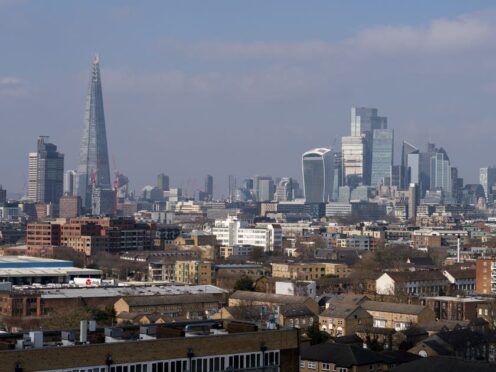
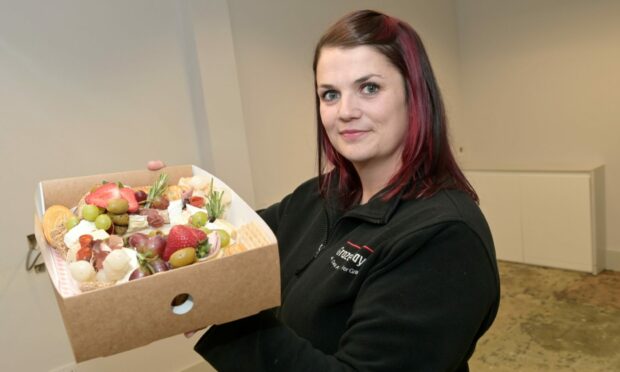
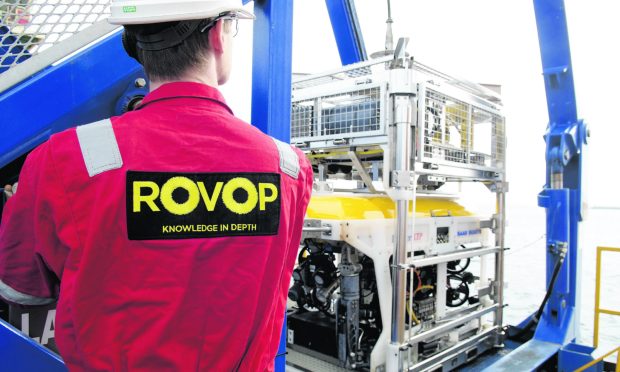
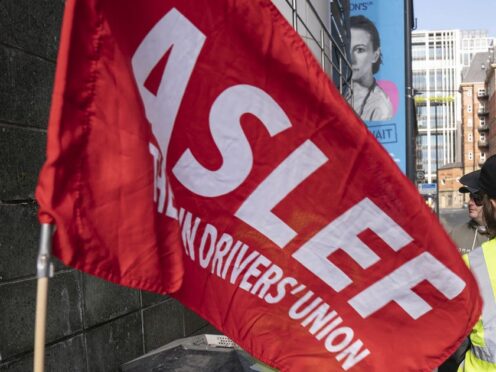

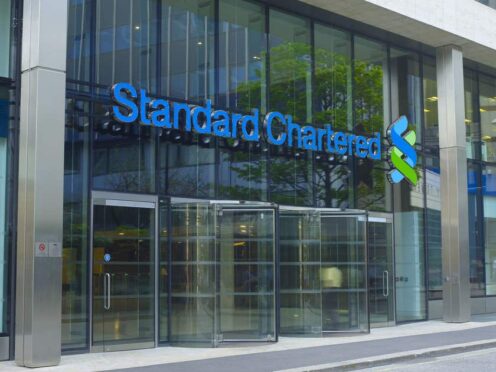
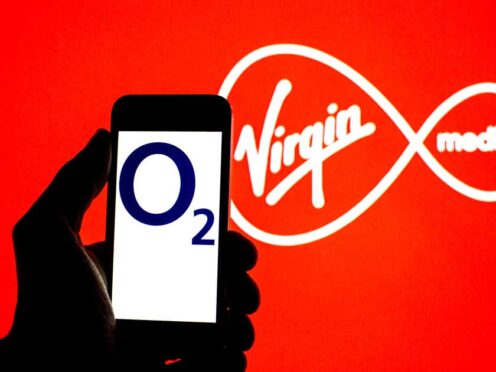

Conversation